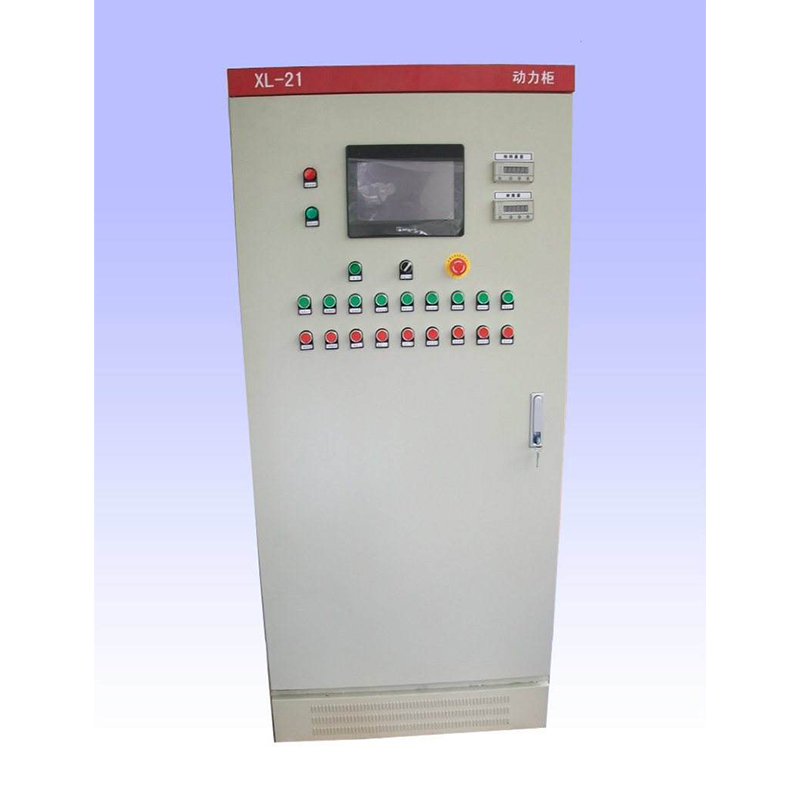
Nov . 04, 2024 17:18
Back to list
Natural Gas Pressure Regulation Valve for Safe and Efficient System Operation
Understanding Natural Gas Pressure Reducing Valves
Natural gas is a crucial energy source that powers homes, industries, and vehicles worldwide. However, it is delivered at very high pressures through pipelines, which need to be reduced to a safe and usable level before it can reach consumers. This is where natural gas pressure reducing valves (PRVs) come into play. These specialized devices regulate the pressure of natural gas, ensuring safe and efficient consumption.
The Role of Pressure Reducing Valves
A pressure reducing valve is designed to maintain a consistent output pressure regardless of fluctuations in input pressure. When natural gas is transported through pipelines, it is subjected to varying pressures due to changes in demand and supply, as well as environmental factors. Without regulation, these fluctuations can lead to safety hazards, equipment damage, and inefficient operation.
The primary function of PRVs is to lower the high inlet pressure to a predetermined outlet pressure, suitable for residential or commercial use. They achieve this through a diaphragm mechanism that senses the output pressure and adjusts the gas flow accordingly. If the output pressure exceeds the set point, the valve closes to reduce the flow of gas; if it drops too low, the valve opens to allow more gas.
Types of Pressure Reducing Valves
There are various types of natural gas pressure reducing valves, each designed for specific applications. The most common types include
1. Spring-Loaded PRVs These are the traditional type of PRVs where a spring mechanism sets the desired output pressure. The valve opens and closes in response to the pressure differences, providing a reliable and straightforward solution.
natural gas pressure reducing valve

2. Pilot-Operated PRVs These valves use a smaller pilot valve to control a larger main valve. The pilot senses the downstream pressure and adjusts the main valve’s position, making them highly responsive to pressure changes. They are often used in larger installations where precise pressure control is essential.
3. Electronic PRVs With the advancement of technology, electronic PRVs have emerged. These valves use electronic sensors and controllers to maintain output pressure. They provide greater accuracy and can be integrated into automated systems for better energy management.
Importance of Regular Maintenance
To ensure the longevity and efficiency of pressure reducing valves, regular maintenance is crucial. Over time, PRVs can accumulate debris and wear out from constant use. Routine inspections can help identify issues such as leaks, corrosion, or mechanical failure. Additionally, proper adjustment of the output pressure setting may be necessary to adapt to changing system requirements.
Routine maintenance might include cleaning the valve, checking for wear on the diaphragm or seals, and verifying that the pressure settings are accurate. In many cases, working with professionals can help ensure that maintenance is done correctly and that safety standards are met.
Conclusion
Natural gas pressure reducing valves play a vital role in the safe and efficient distribution of natural gas. By controlling the pressure of gas flowing into homes and businesses, these valves protect infrastructure and promote reliable energy supply. With different types available, from traditional spring-loaded models to advanced electronic systems, consumers can choose the right solution based on their needs. Regular maintenance is essential to keep these valves functioning correctly, ensuring safety and efficiency over time. In an era where energy efficiency is paramount, understanding and utilizing PRVs is crucial for both consumers and service providers in the natural gas industry.
Next:
Latest news
-
Safety Valve Spring-Loaded Design Overpressure ProtectionNewsJul.25,2025
-
Precision Voltage Regulator AC5 Accuracy Grade PerformanceNewsJul.25,2025
-
Natural Gas Pressure Regulating Skid Industrial Pipeline ApplicationsNewsJul.25,2025
-
Natural Gas Filter Stainless Steel Mesh Element DesignNewsJul.25,2025
-
Gas Pressure Regulator Valve Direct-Acting Spring-Loaded DesignNewsJul.25,2025
-
Decompression Equipment Multi-Stage Heat Exchange System DesignNewsJul.25,2025

